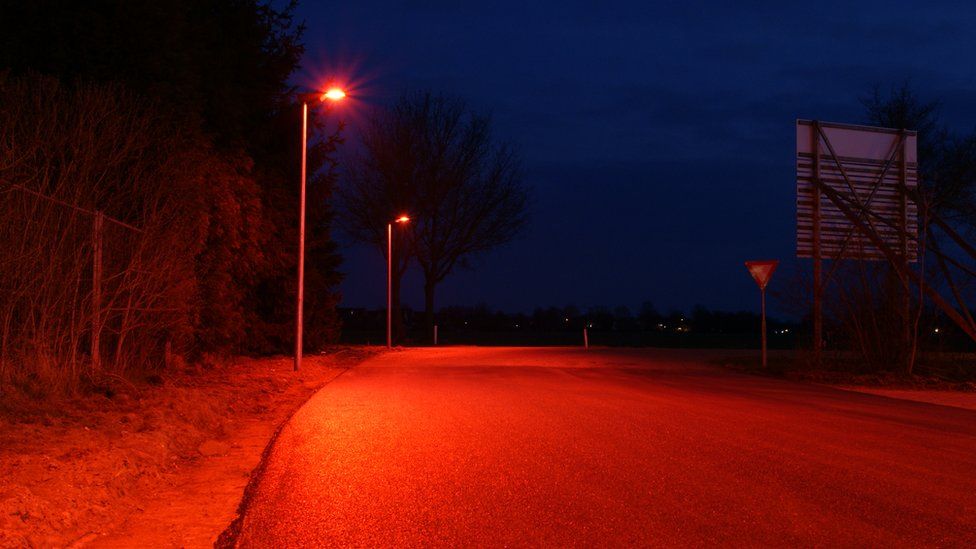It is tough being a bug, whether it is avoiding being eaten, squashed underfoot or being captured and dispatched by any number of ways devised by humans to eliminate the flying insect population. Not only that, but when your lifespan can last anything from 24 hours to one month, you don’t have much time for fun. Combined with suitable habitats in decline and the use of pesticides then you really haven’t got much chance of survival.
BREEAM has come to the rescue to some extent and increased awareness of habit and the need for a diverse range of planting within schemes has helped to some extent, but one aspect of this has actually proved to be counter-productive.
This is where LED lights step into the spotlight. Recent studies have shown that LED lighting produces more light pollution for insects than traditional sodium lighting and lead to 52% lower numbers of moth caterpillars in hedgerows compared to 41% lower under sodium lighting in rural areas compared with nearby unlit areas. Within grass margins caterpillar numbers were 1/3 lower than in unlit areas.
Why is this important? Simply, caterpillars produce moths and with about 2,500 moth species in the UK, compared to 60 species of butterfly. These are important pollinators and an essential source of food for bats with the caterpillars a food source for birds. For a healthy ecosystem we need a wide variety of species in one area to provide different food sources.
Luckily it isn’t all bad news as LED lighting is easier to control and can be fitted with filters to block blue light and can be easily dimmed or turned off.
Further studies are planned to assess the impact of lighting on wildlife which will provide further understanding on light pollution and its effects on different species. Following on from bat friendly lighting trialed in Eindhoven, Netherlands, Worcester County Council is planning to install a similar system on the A4440, using red lights that emit light waves that are perceived as darkness by bats.
